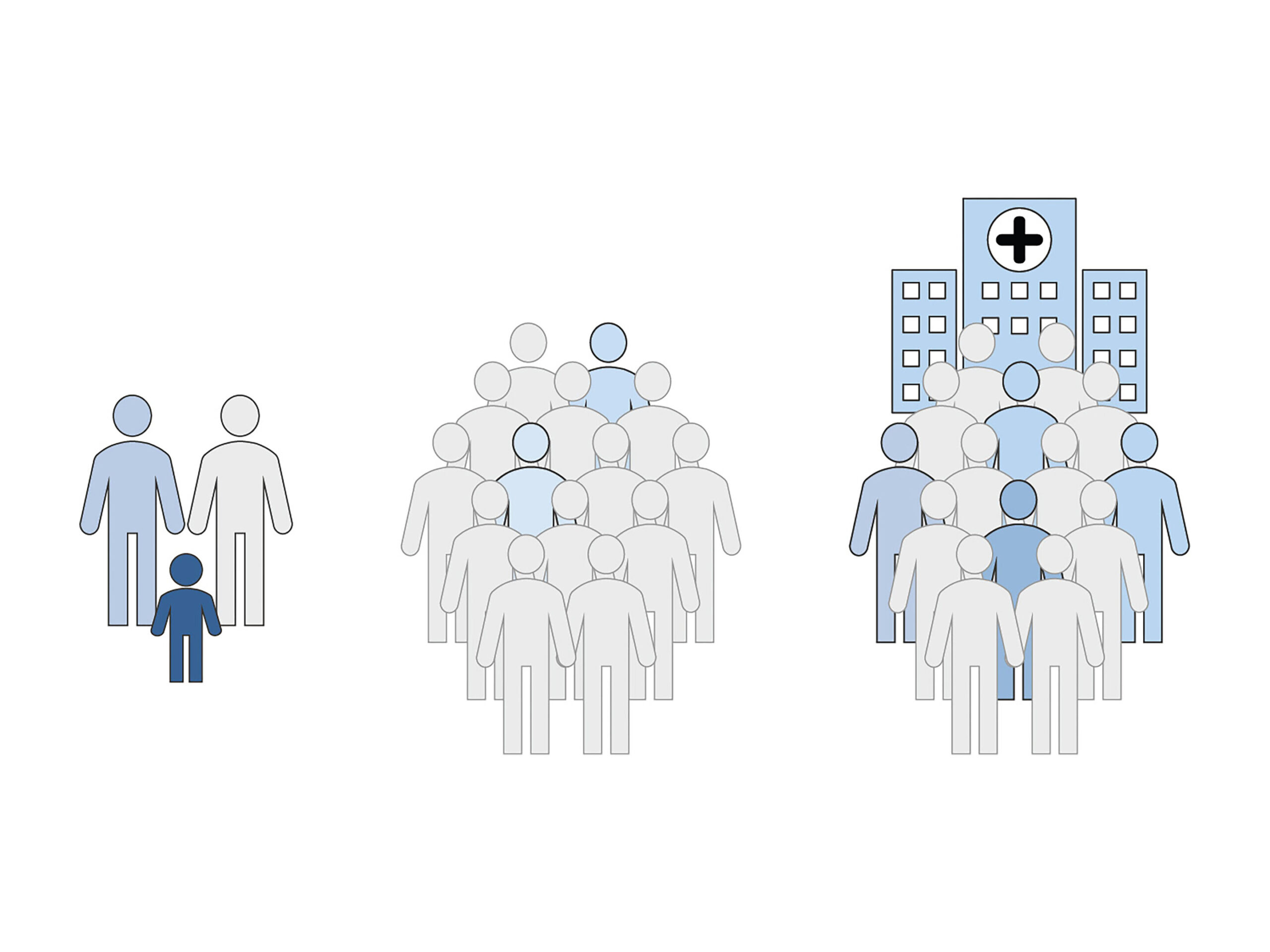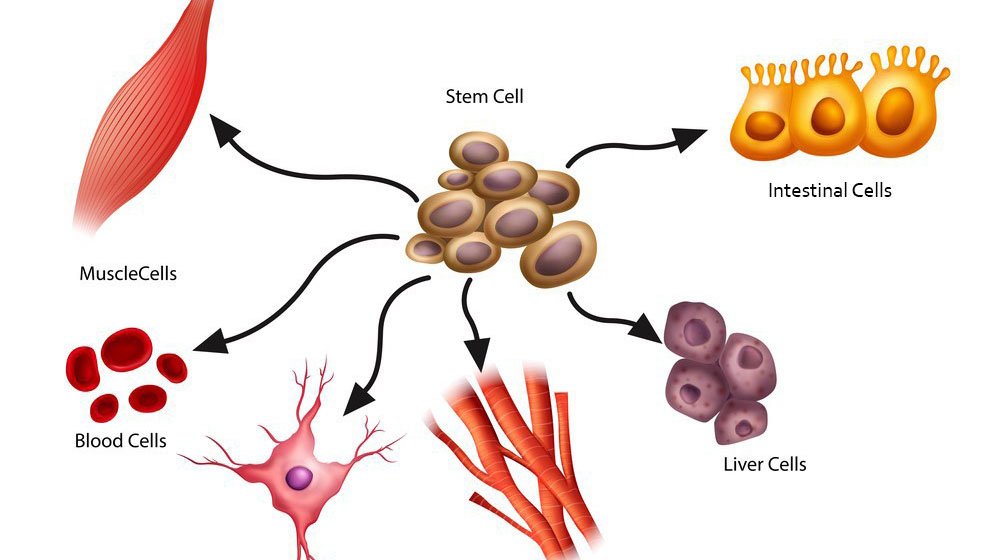For decades, scientists sought the cause of many diseases in a single gene — one flawed letter in our genetic code that could explain a lifetime of illness or difference. The story was simple: find the mutation, understand the disorder, create the cure. But as genetic research deepened, that story began to unravel. Real life is rarely simple, and biology is no exception.
Imagine a parent and a child sharing the same genetic marker linked to autism. The parent may live a full, independent life, while the child struggles with developmental challenges. How can the same genetic variant produce such different outcomes? According to new research led by scientists at Penn State and published in Cell on October 7, 2025, the answer lies not in a single gene, but in the intricate web of variations that surround it — the genetic background that makes each person’s genome unique.
Their study reveals that a single mutation is rarely the whole story. Instead, it is the combination — the interplay between primary and secondary genetic variants scattered across our DNA — that determines whether, and how severely, a disease will manifest.
The Symphony of Genes
Our genome is more than a linear string of letters; it is a living symphony of chemical messages. Sometimes, one misplaced note can throw the melody off-key — a single DNA variant leading to a genetic disorder. These “primary variants” are the ones doctors often test for and use to make diagnoses.
But as Santhosh Girirajan, T. Ming Chu Professor of Genomics and head of Biochemistry and Molecular Biology at Penn State, explains, that’s not the full picture. “Some genetic diseases are relatively simple, with an almost one-to-one relationship between the variant and the symptom,” he says. “However, many traits are far more complex. Most disease-causing variants contribute to a variety of clinical outcomes, even among individuals carrying the same variant.”
In other words, genes rarely act alone. The effect of a single mutation depends on the company it keeps — other subtle changes, called secondary variants, scattered throughout our DNA. These background variants may amplify or soften the effects of the main mutation, shaping how the body develops and responds to its environment.
The Multi-Hit Model of Complexity
Girirajan and his international team of researchers describe this as a multi-hit model of disease. A primary variant may sensitize a person — creating a vulnerability — while secondary variants determine how that vulnerability expresses itself. Think of it as a row of dominoes: one may start the cascade, but how far it spreads depends on the pattern and number of others around it.
In their new study, the researchers wanted to understand how these “secondary hits” influence real-world outcomes. To do so, they focused on a particular genetic deletion on chromosome 16, known as 16p12.1. This deletion has long been associated with a range of developmental and psychiatric conditions — including autism, learning disabilities, and mood disorders — but its effects vary widely between individuals.
Even within families, the differences can be striking. A child may experience profound developmental delays, while a parent carrying the same deletion may show only mild anxiety or depression. For years, researchers puzzled over why the same genetic variant could produce such dramatically different results.
The Penn State team’s findings point toward an answer: secondary variants scattered throughout the genome can significantly alter the outcome of the 16p12.1 deletion, shaping the clinical features that appear in each person.
Inside the Study
To uncover how genetic background influences disease, the researchers analyzed a cohort of 442 individuals from 124 families, each with at least one child carrying the 16p12.1 deletion and showing developmental delays. Using whole-genome sequencing — a method that reads every letter of an individual’s DNA — the team cataloged not only the deletion but also 17 classes of secondary variants throughout the genome.
These variants ranged from small “typos” in the genetic code to large structural rearrangements. One particularly intriguing discovery involved short tandem repeats (STRs), stretches of DNA where the same sequence of letters repeats multiple times. When the number of repeats expands beyond a certain threshold, it can disrupt gene function. Children in the study with both the 16p12.1 deletion and expanded STRs were more likely to show additional nervous system symptoms beyond developmental delay.
This finding suggests that combinations of genetic features — rather than a single culprit — are responsible for the spectrum of traits seen in families with the same primary mutation. The researchers believe this model may hold true for many other complex disorders, from autism to heart disease.
The Role of Research Bias
But there’s another layer to this complexity: how scientists select the individuals they study. Girirajan and his colleagues warn that the ascertainment bias — or the way participants are chosen for genetic research — can profoundly influence results.
For example, one dataset might include only families seeking genetic testing because of a child’s developmental delay, while another might draw from a general population biobank containing mostly healthy individuals. Even if both datasets include people with the same genetic deletion, their genetic backgrounds and clinical outcomes may differ dramatically.
When the team compared families with 16p12.1 deletions to individuals from large population biobanks, they found distinct patterns in how secondary variants interacted with the primary deletion. People identified from the general population often had fewer severe clinical symptoms and different combinations of secondary variants than those from clinical cohorts.
This finding underscores a crucial point: the story of genetics depends not only on the code itself but also on who we study and how. Sampling bias can make diseases appear more straightforward than they truly are, masking the nuanced interplay of genetic and environmental factors.
The Landscape of Genetic Variation
To understand this study’s importance, it helps to visualize the genome not as a simple string of code, but as a vast landscape. Across this landscape are valleys and peaks — regions of stability and volatility. A primary variant might be like a deep fissure that destabilizes one area. But whether that fissure leads to an avalanche depends on the surrounding terrain — the person’s unique constellation of secondary variants.
Some individuals inherit genomes with high “background variation,” a terrain more prone to disruption. Others have more resilient landscapes that buffer against instability. This idea could explain why two people with the same pathogenic mutation can lead very different lives.
It also highlights an important truth about biology: variability is the rule, not the exception. Each of us carries thousands of genetic variants that subtly influence our physiology, behavior, and disease risk. The human genome is not a static document but a dynamic ecosystem — one that constantly interacts with itself and with the world around it.
Personalized Medicine and the Promise of Precision
Understanding the influence of secondary variants opens the door to a new era of medicine — one that goes beyond “one gene, one disease.” Instead of focusing solely on the presence of a known mutation, clinicians could consider the broader genomic context: how a patient’s entire genetic background shapes their health.
This shift could revolutionize diagnosis and treatment. In the future, a doctor may not simply tell a parent, “Your child has a genetic deletion linked to autism.” Instead, they might say, “Your child’s genome shows a combination of variants that together affect neural development in these specific ways, and here’s how we can target that.”
Such personalized approaches could improve therapies for a range of complex conditions — from psychiatric disorders to cardiovascular disease and cancer — by tailoring treatments to the unique genomic “fingerprint” of each patient.
As Girirajan puts it, “Treatment strategies need to consider more than just the primary variant. We’ll need a complete approach that takes into account each person’s characteristics, clinical features, and unique set of secondary variants.”
The Human Dimension
Beyond the data and sequencing machines, this research carries a deeply human message. For families living with genetic conditions, uncertainty is often the hardest part. Parents may struggle to understand why their children face challenges they themselves never did, despite sharing the same mutation. This study offers both scientific and emotional clarity: it’s not one gene’s fault — it’s the orchestra of genes playing together in countless different ways.
Corrine Smolen, a graduate student and co-first author of the study, expressed this sentiment beautifully. “This gives us the opportunity to ask what other genetic factors are contributing to the different outcomes of the 16p12.1 deletion that we see between individuals,” she said. “We wanted to see if we could identify patterns between the types of variants in an individual and their specific clinical features.”
Each person’s genome is a story — one written not in isolation but in conversation with generations past and with the intricate biology that connects us all.
The Future of Genetic Understanding
This research, supported by a global network of 31 institutions across 10 countries, represents a turning point in how scientists think about genetic disease. It moves us from simplicity to complexity, from single causes to networks of interaction.
In the coming years, as genetic technologies continue to evolve, we will likely discover thousands more examples of this multi-layered model of disease. Instead of searching for a single “smoking gun” mutation, researchers will map the intricate web of relationships that determine health, resilience, and vulnerability.
Ultimately, the lesson from this study is one of humility. The genome is not a code to be cracked once and for all — it is a living system, shaped by countless variations and interactions. And within that complexity lies not only the key to understanding disease but also the beauty of what makes each of us unique.
More information: Genetic modifiers and ascertainment drive variable expressivity of complex disorders, Cell (2025). DOI: 10.1016/j.cell.2025.09.012. www.cell.com/cell/fulltext/S0092-8674(25)01080-3






